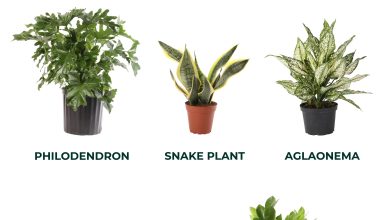How to grow Watermelon in the Garden step by step: Complete Guide
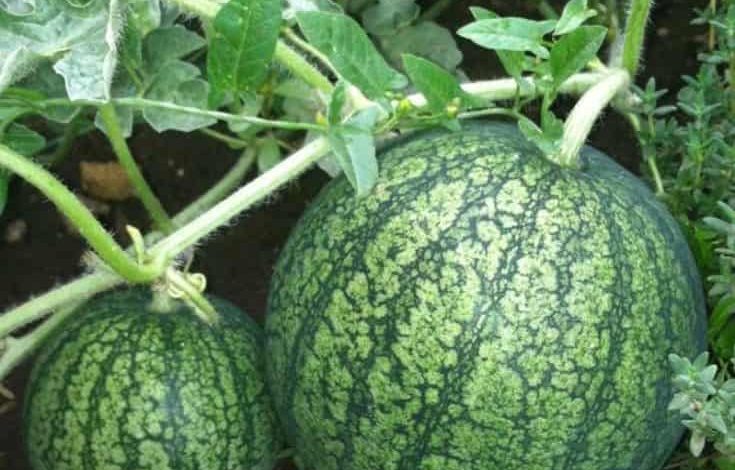
Hello everyone! Today we are going to talk about growing watermelon in the garden, that delicious and refreshing fruit that we eat at this time. It has a high water content, it is tasty, with a low caloric content and purifying effects. Without a doubt, there are many reasons to consume it… and many more to grow watermelon in the garden!
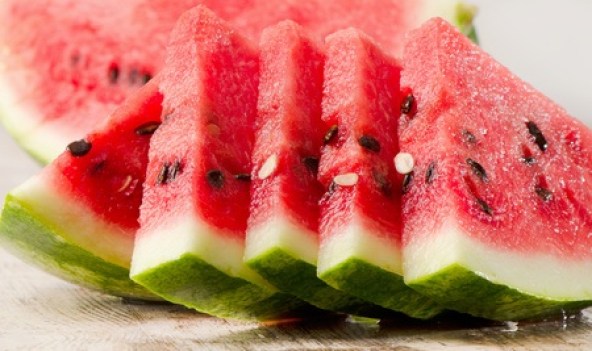
watermelon characteristics
The watermelon belongs to the Cucurbitaceae family and its scientific name is Citrullus lanaus. It is an annual herbaceous plant whose origin dates back to Africa, precisely to the Kalahari desert where it grows wild. However, it was on the banks of the Nile River where the cultivation of the fruit expanded until it reached the Mediterranean Sea and was marketed in countries such as Italy, Greece and Spain.
Normally the watermelon is cultivated through grafting on other plants, such as the pumpkin, since it is very prone to attack by a fungus called Fusarium.
The watermelon is cultivated as a creeping plant, since the fruits are very heavy. However, we can also grow them in large pots.
Soil and climate requirements to grow watermelon
Climate
Watermelon requires a warm climate for its cultivation and does not grow in cold climates. The optimum development temperature for watermelon is between 23 and 28 ºC. For germination, it needs a minimum temperature of 15ºC, although the ideal would be 25ºC. Below 13 ºC, the plant stops its development. When the temperature differences between day and night are 20-30 ºC, imbalances are caused in the plants: in some cases the neck and stems open and the pollen produced is not viable. Also, the watermelon plant needs to be exposed to full sun.
The optimal relative humidity for watermelon is between 60% and 80%, being a determining factor during flowering.
I usually
Watermelon is not very demanding on soils, although well-drained soils rich in organic matter and nutrients do well.
Steps to grow watermelon
Types of watermelon varieties
Two groups of hybrid varieties on the market can be considered:
– “ Sugar Baby type ”, with a dark green rind.
– “ Crimson type ”, striped bark.
Within both types can be considered watermelons with seeds and without seeds.
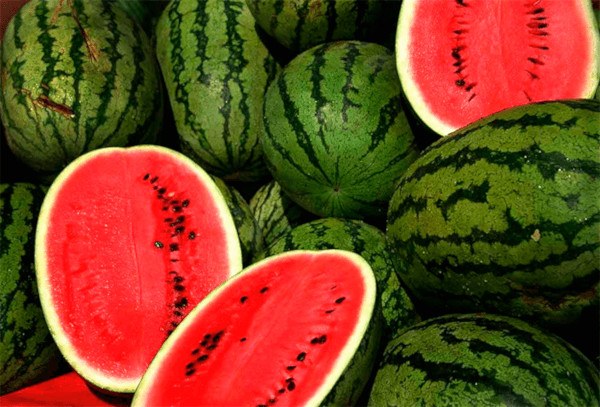
Planting and transplanting watermelon
As we have mentioned before, the watermelon seed needs a minimum temperature of 15ºC to germinate and 13ºC to develop, which is why the best time for sowing is after the frost season. Late spring is presented as the ideal season.
You can grow watermelon directly in the final cultivation plot or first establish a seedbed (especially if the temperatures are not very high) in order to ensure the minimum temperature for seed germination and then transplant to the final plot.
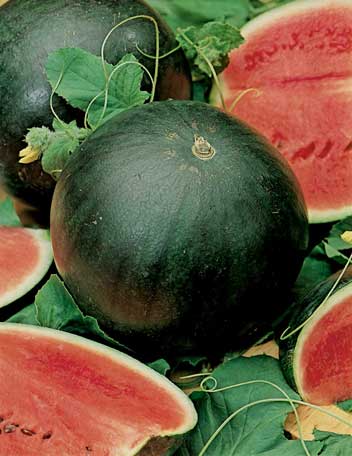
To sow, you just have to make three or four holes in the ground 2.5 cm deep and place a seed in each hole to make sure that some will germinate. If more than one germinates, you can do a thinning later.
If you place the seeds in individual spaces such as a pot or growing table, remember that it has enough space for its roots to grow. Before planting the specimens, it is recommended to add fertilizer to the soil and stir it by removing the weeds.
Whether you are going to do direct sowing or at the time of transplanting, you must take into account the distance between plants. You can do it in rows 2 m apart and with a separation of 2 m between one plant and another in the same row, or in a 4 x 1 m frame. The first has the drawback that the surface is covered very soon and sometimes even before enough female flowers have developed. The second framework is more appropriate, since it also allows a better use of water and nutrients. If you don’t have much space you can leave it at 1.5 x 1.5 m or 2 x 1 m.
If you dare to make a graft or buy grafted seedlings, when transplanting them you must place the plant so that the root ball is in contact with the ground, covering it with soil, and the graft is above the substrate, thus avoiding the emission of roots by part of the watermelon for the moisture provided by irrigation.
You should know that the grafts are done at an intensive level to obtain better crop yields and avoid attacks by certain pests; however, it is a technique that requires a lot of skill and it is likely that if you try to do it yourself you will not get good results, but you can try.
Watermelon cultivation work
the padding
It consists of covering the soil, generally with a black polyethylene film, in order to increase the soil temperature, reduce water evaporation, prevent the emergence of weeds, increase the concentration of CO2 in the soil and increase the quality of the fruit., by preventing direct contact of the fruit with soil moisture. You can also use another type of mulch such as straw or pine bark.
How to prune watermelon
It is done optionally, since no significant differences have been observed between the production of pruned and unpruned watermelons, and its purpose is to control the way in which the plant develops, eliminating main shoots to advance the growth of secondary ones. It consists of eliminating the main shoot when it has between 5 and 6 leaves, allowing the 4-5 secondary shoots to develop that start from their axils, giving the plant a more rounded formation.
How to water the watermelon
At first you should water them almost daily. Pay attention to flowering since at this time they require less water and to water you must wait until the substrate is dry, more or less every three days, depending on the area.
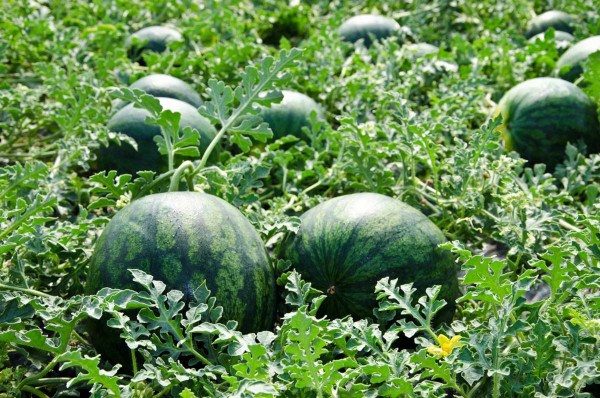
Pests and diseases of watermelon
This is another of the basic tasks when growing watermelon in the garden. The most important thing to avoid damage from watermelon pests and diseases is to prevent them and, for that, it is very important to know what they are.
In this post about common watermelon diseases and pests, I will tell you about some of the problems that you may encounter when growing watermelon in the garden.
Harvest of watermelons in the orchard
The cycle to grow watermelon lasts from 90 to 150 days. To know when it is time to start harvesting, you should be guided by signs on the plant:
– The tendril on the peduncle of the fruit is completely dry, or the first leaf above the fruit is withered.
– Hitting the fruit with the fingers produces a dull sound.
– When pressing the fruit between the hands, a clear sound is heard as if it were cracking inside.
– When scratching the skin with the nails, it is easily separated.
– The waxy layer (pruin) on the skin of the fruit has disappeared.
There is nothing better than a large piece of watermelon when the thermometer rises in temperature and we want to eat something fresh. Don’t you feel like eating a delicious watermelon from your own garden? Well now you know, get down to work to grow watermelon at home!

![Photo of Nigella Sativa: [Sowing, Care, Watering, Pests and Characteristics]](https://www.complete-gardening.com/wp-content/uploads/2021/06/nigella_sativa_1591303434-390x220.jpg)

![Photo of Cascarudito Drill: [Characteristics, Detection, Effects and Treatment]](https://www.complete-gardening.com/wp-content/uploads/2022/08/cascarudito-drill-characteristics-detection-effects-and-treatment-390x220.png)
